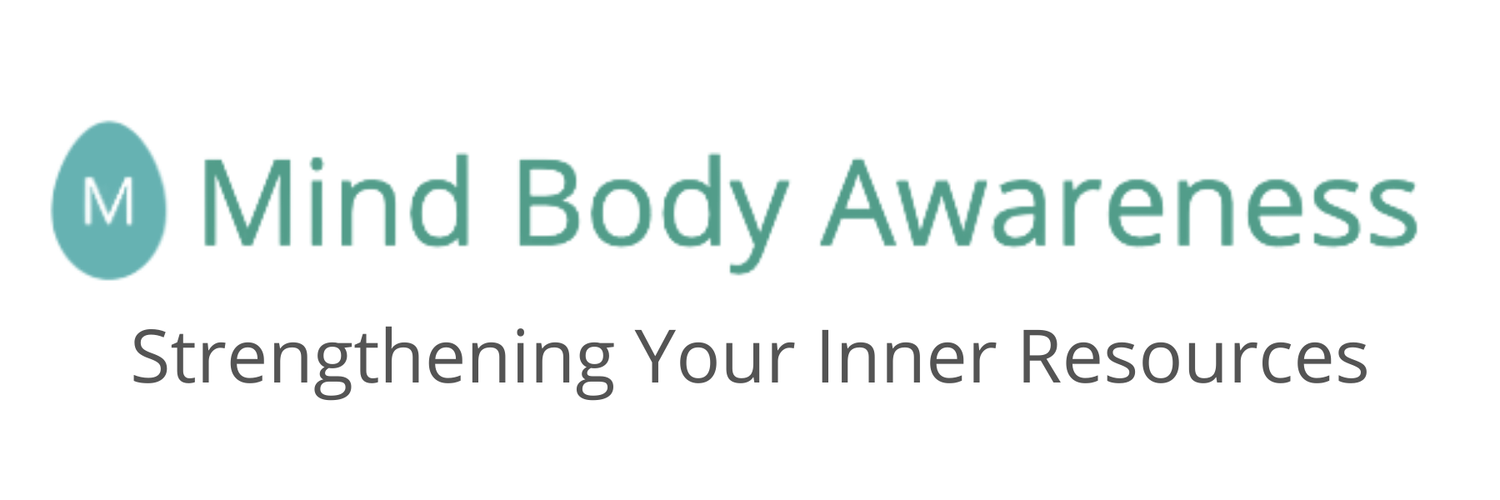The Illusion of Control: Why High Performers Burn Out
Let’s be real most executives and high achievers are trained to keep moving, keep solving, and keep producing, even when the inner wheels start falling off. Burnout becomes the cost of doing business. It creeps in silently under the guise of “high standards,” “just a busy season,” or “it’ll get better after this launch.” But here’s the truth: burnout is not a badge of honor it's a red flag from the nervous system.
Traditional strategies vacations, productivity hacks, even talk therapy don’t always scratch the itch. Why? Because burnout is stored in the body, not just the mind.
And to truly recover, we have to include the body in the conversation.
Somatic Psychology: The Body Remembers
Somatic psychology brings the body into healing. Unlike cognitive approaches that focus mainly on thoughts and stories, somatic work asks:
What is your body trying to tell you?
This field understands that trauma, stress, and unprocessed emotions live in the nervous system. And if you’ve been in survival mode for years constantly juggling teams, deadlines, parenting, and relationships your body may have normalized a state of hypervigilance or shutdown.
Through somatic practices like breathwork, grounding, sensation tracking, and gentle movement, high achievers can begin to:
Regulate their nervous system
Discharge stored tension and trauma
Reconnect with authentic emotions
Build embodied resilience
This isn’t woo it’s neuroscience. And it’s game-changing for those used to solving problems with their head alone.
Yoga: Reorienting to the Context of Consciousness
While somatic psychology helps us explore the content of our inner experience, yoga invites us to rest in the context of consciousness itself.
Yoga isn't just about poses it's a path of self-inquiry, awareness, and connection. It teaches us that beyond the swirl of thoughts, emotions, and roles we play, there is a still, witnessing presence. That presence is who we are beneath the burnout, beneath the ego, beneath the story.
Yoga reminds us:
You are not your productivity
You are not your stress
You are not your thoughts or labels
By creating space in the body through movement and breath, and space in the mind through meditation and mindfulness, yoga becomes a sanctuary. It’s not about escape but engagement. Presence. Unity.
Deep Psychology: Embracing the Shadow, Not Bypassing It
Psychology gives us a language to explore the deeper layers of our story. It honors the human experience our individuality, pain, and the unconscious patterns that shape us.
High achievers often carry internal scripts like:
“I have to earn rest.”
“If I stop, I’ll fall behind.”
“I need to prove my worth.”
These beliefs drive success but at what cost? Deep psychological work doesn’t seek to erase these parts, but to understand and integrate them. It reveals that healing isn’t about bypassing struggle it’s about embracing it consciously.
As Carl Jung said, “Until you make the unconscious conscious, it will direct your life and you will call it fate.”
My Turning Point: A Moment of Connection, A Life Reoriented
“I remember the day I sat around with Indy Ewald and other yoga teachers after lunch at the Blue Stone in Waterbury, Vermont. It was one of those simple, quiet moments that changed everything.”
As a psychotherapist, I was already deeply immersed in the world of human emotion and healing. But that day, listening to the rounded, authentic voices of the yoga teachers, something cracked open in me. Their language so attuned, mindful, and real resonated more than any clinical theory ever had. There was no gossip, no posturing, just presenceand truthfulness.
For the first time, I felt safe enough to admit how hard it all was. Raising two kids, running a psychology practice, keeping everything afloat on the outside, I had it “together.” On the inside, I was running on fumes.
Yoga and retreats became my lifestyle business a way to justify giving myself time and space to feel, to heal, and to not be “on” all the time. Back then, I didn’t feel like I deserved that space. I didn’t even know how much I needed it.
But slowly, the practices, the people, the safe containers they allowed me to return to myself. Not as a therapist, or a parent, or a business owner. Just… me.
And from that place, everything changed.
Integration: The Real Work Begins
The magic isn’t just in the yoga mat or the therapy room it’s in the integration of these paths. When somatic psychology, deep inner work, and embodied practices come together, they create a roadmap for transformation.
Somatic practices help us stay in the body when things get hard.
Yoga helps us remember who we are beyond our roles.
Psychology helps us make sense of our story and own it with compassion.
For high performers, this work isn’t a luxury. It’s leadership training of the highest kind.
Real Healing, Not Just Coping
This isn’t about burnout recovery so you can hustle harder. It’s about reorienting your life toward wholeness.
When we begin to listen really listen to the body, the breath, the still small voice inside, something profound happens:
We stop reacting and start responding.
We stop numbing and start feeling.
We stop striving and start being.
And ironically, this doesn’t diminish your success it deepens it. Because you’re no longer performing life you’re living it.
FAQs
Q: How is somatic psychology different from regular talk therapy?
A: Somatic psychology integrates the body into the healing process. While talk therapy works with thoughts and emotions, somatic approaches also work with physical sensations, movement, and nervous system regulation.
Q: I’m a busy executive—how do I even begin?
A: Start small. A five-minute grounding practice, a weekly yoga class, or scheduling a somatic-based session. Transformation doesn’t require an overhaul it starts with intention.
Q: Will this help me perform better at work?
A: Absolutely. When you're regulated, embodied, and clear, your decision-making, relationships, and creativity all improve. This work enhances both personal well-being and professional excellence.
Let’s Call It Coming Home
What if burnout was your body asking for a different relationship with life?
What if healing didn’t mean leaving it all behind but coming back to yourself?
You don’t have to transcend being human you just have to show up for it, fully. With tools that help you listen, regulate, reflect, and reconnect.
And most importantly?
You don’t have to do it alone.
Resources & Further Reading:
The Body Is Your Brain – Amanda Blake
Polyvagal Theory – Stephen Porges
Yoga & Psychotherapy Integration
Need to find your sweet spot with Nervous System Regulation? Learn More Here
Jennifer Degen
October 1, 2025
Categories
Select Category...
- Alberto Villoldo
- Ancestral Superfoods
- Art
- Attunement
- Autumn wellness retreat
- Body
- Boundaries
- Breathwork
- Buddhist Tradition
- Burnout
- Chanting
- Community
- Contentment
- Costa Rica
- Costa Rica Retreat
- Creative Expression
- Creativity
- Crystal Healing
- Daily
- Deep Rest
- Diet
- Digestive Health
- Embodied Living
- Family & Wellness
- Festival Reflections
- Financial security
- Food
- Gratitude
- Grief Transformation
- Grounding
- Guided Meditation
- Habit Patterns
- Hakomi therapy
- Hatha
- Healing
- Health
- Health Wellness
- Healthy Diet
- Heated Yoga
- Holiday Event
- Hypnosis
- Hypnotherapy
- Intelligence
- Intention
- Intuition
- Judgement
- Kathleen Burns Kingsbury
- Kundalini
- Kundalini Yoga
- Leaning In Podcast
Featured Blogs









